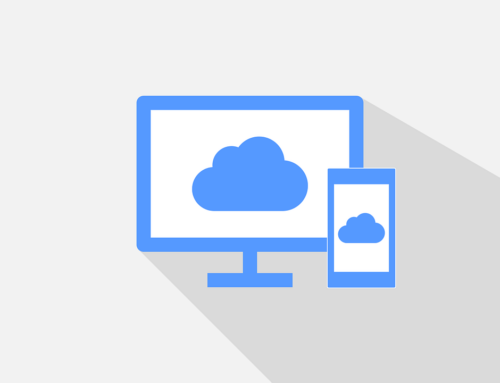“Over 50% of small businesses disasters are the result of hardware failures”
There is a point where hardware becomes end of life and end of support, which basically means it is too outdated to perform efficiently. Despite hardware being more reliable with new technologies put in place and steps able to be taken to extend their life (i.e. SSD Hard drives, memory upgrades), they will inevitably need to be replaced.
During tight budget constraints these steps to extend the life of the hardware may be necessary, however sometimes we are pushing the hardware to its limits and increasing the likelihood of outages and future downtime.
The balance between getting maximum value out of the hardware and optimising your budgets requires business strategic planning for hardware refresh cycles with the key being the identification of performance, energy-efficient requirements and the risk of hardware failure to justify a new purchase.
While you can extend the standard three-to-four-year hardware refresh cycle, businesses must make the difficult decision as to when to update their systems in order to ensure adequate performance and efficiency.
The first step is to understand if you actually need new hardware. Technology upgrades and spreading workloads over multiple devices can compensate for hardware failure risks and extend the useful life of your hardware, however old hardware can still pose an unnecessary risk to your business operations and efficiencies.
When reviewing the health of your hardware, these two signs show it may be time for a refresh:
- Performance Issues: When your systems begin to slow down, so does your businesses productivity. These performance issues can be caused by a lot of different factors from neglected software patches through to over-loaded hard drive. Adding more memory and processors to your servers can increase its performance, but not all systems can be upgraded (or upgraded further) and sometime that’s not the ultimate cause of your problems. By engaging your Trusted IT Advisor, they will be able to help determine if your systems simply need some maintenance and TLC or if a hardware refresh is you best solution.
- Constant Outages: Where an aging system starts out with performance issues, this can lead into whole system outages. These outages halt business productivity and cost you time and money. On average, a hardware related disaster costs 30 hours of time to recover and that’s not including the blow out in budgeted IT costs. When an outage occurs repeatedly it moves from being an incident into a problem and needs to be investigated further. If the issue is related to a hardware refresh cycle, please keep in mind that a hardware failure will cost you more in time and recovery, than a planned refresh.
While these indicators of hardware failure, it is best to stay ahead of the curve with a Proactive Hardware Refresh Cycle Strategy. With an up-to-date Strategic Plan in place, you can budget out the usable life-cycle of your hardware and have your budget in place for when they are due to hit their end of life target. Regular system health checks and maintenance will also help to keeps things running smoothly and prevent unexpected failures.
Implementing a hardware refresh cycle strategy as well as regular maintenance and health checks will ensure maximum efficiency and minimal downtime for your business.
Whether you are looking for in depth Strategic advice, an independent audit and health check, or options around your ongoing system maintenance, Future Logic has a solution that can be tailored to your needs.






